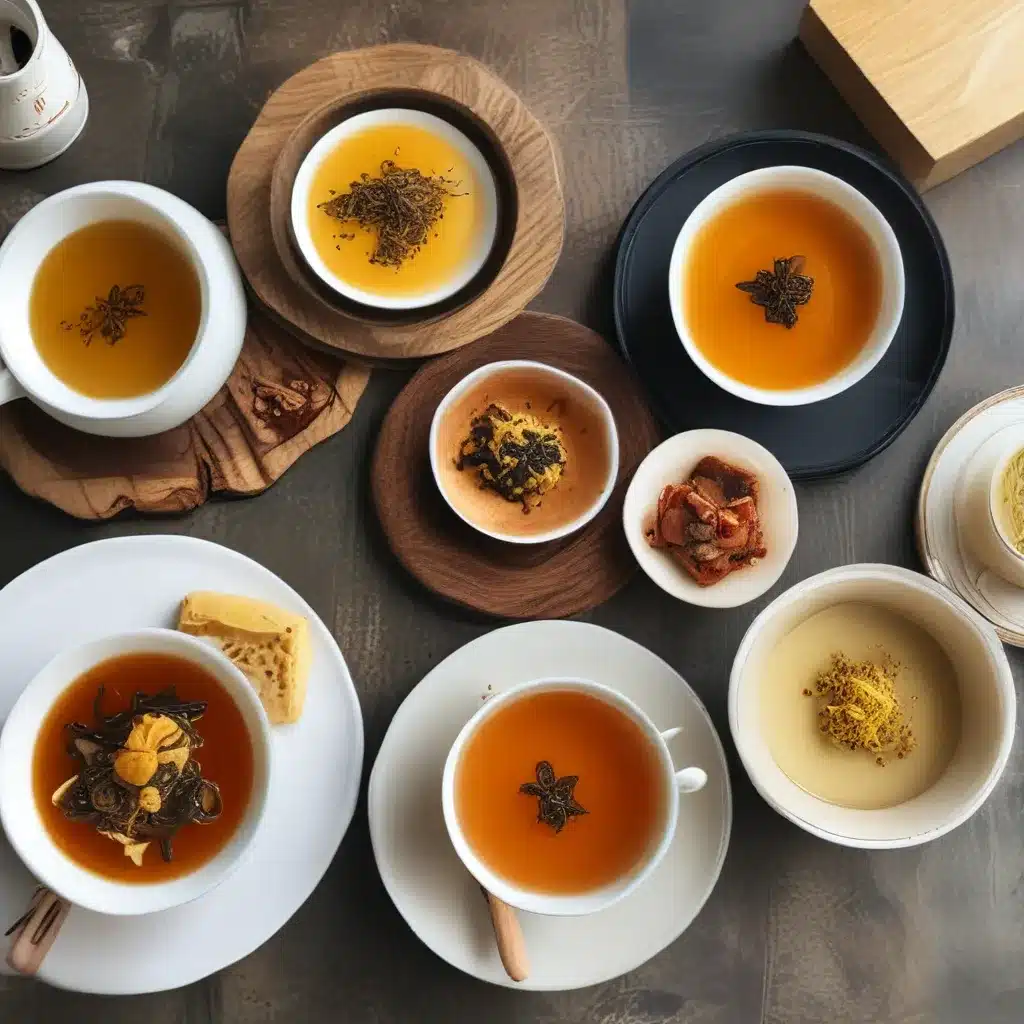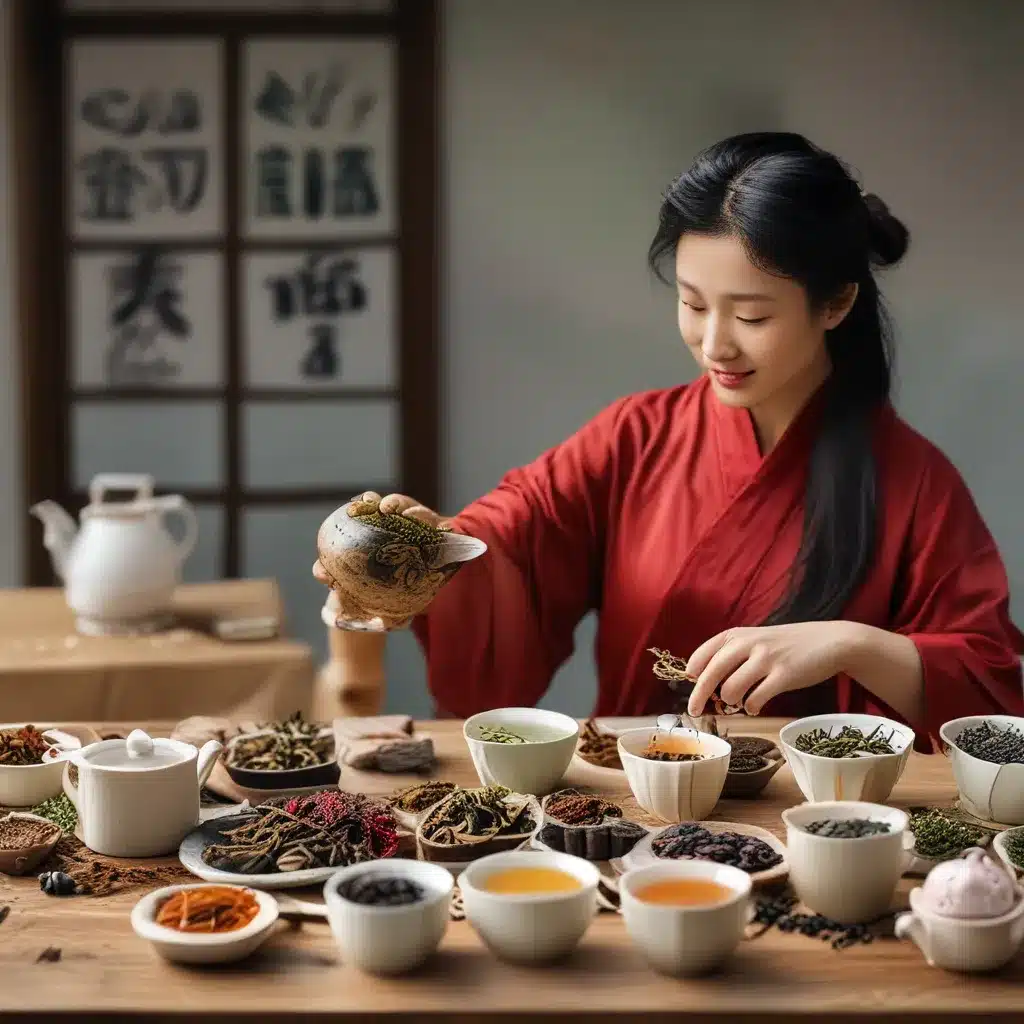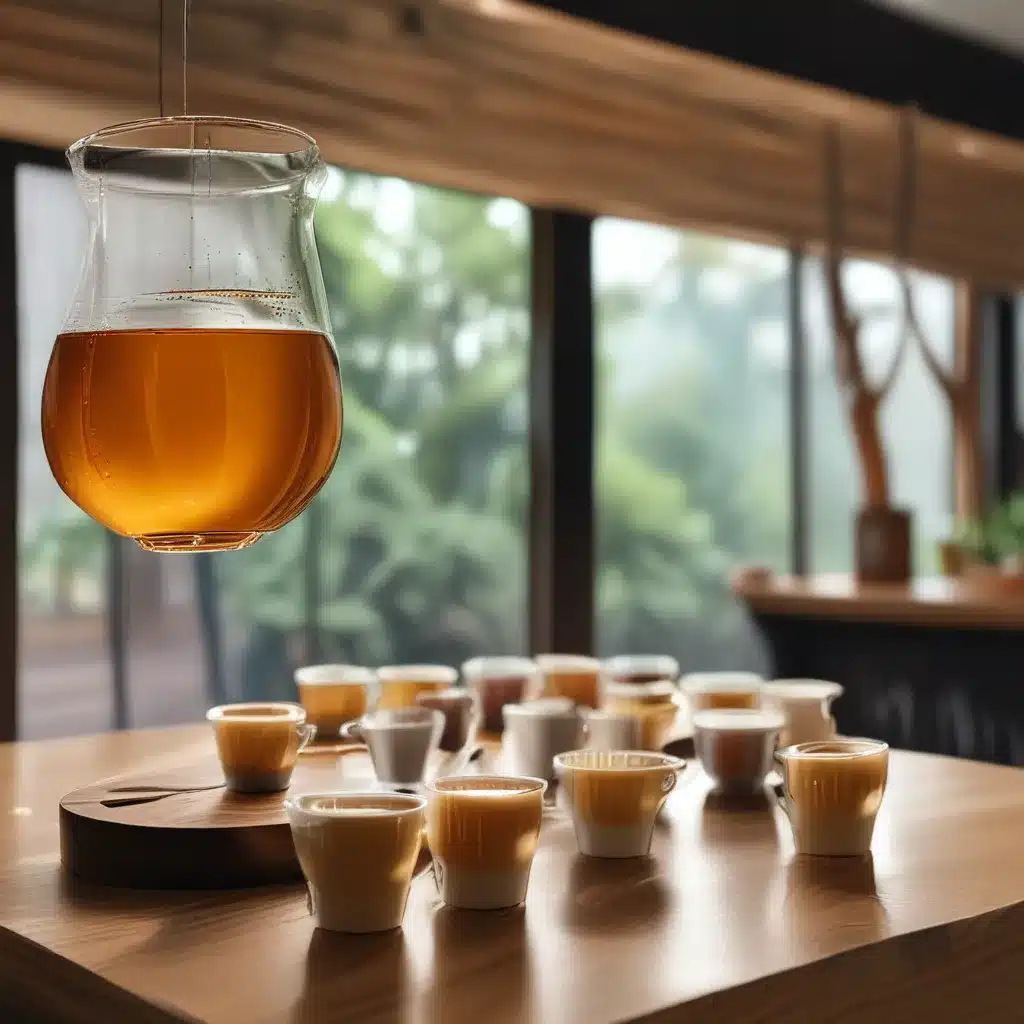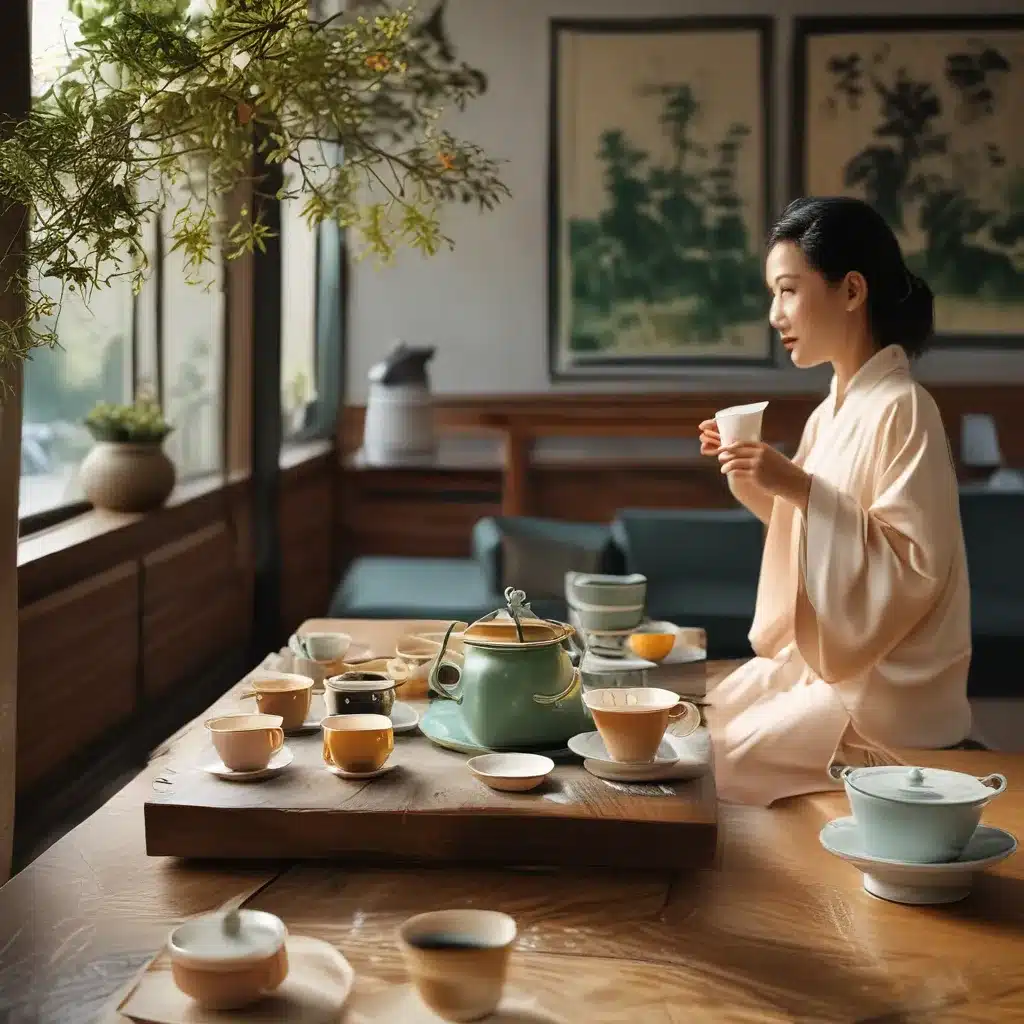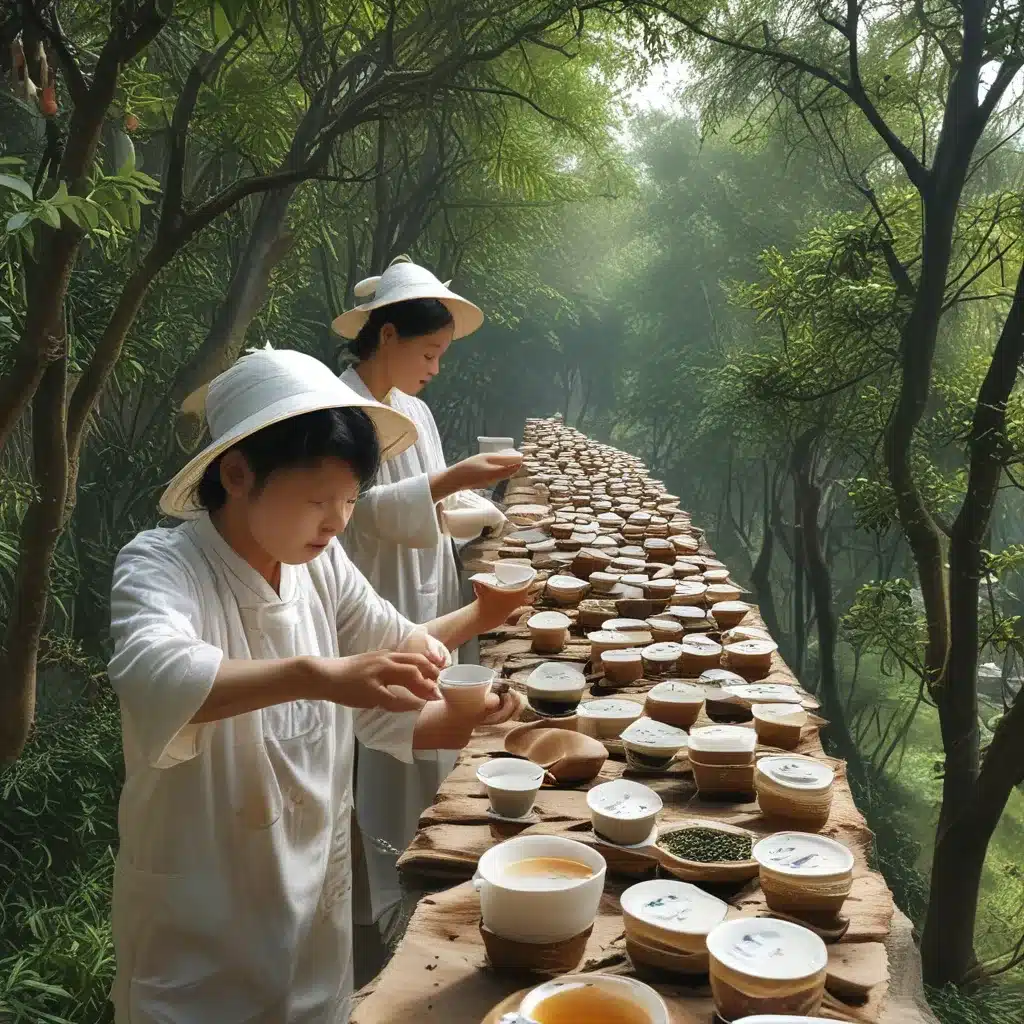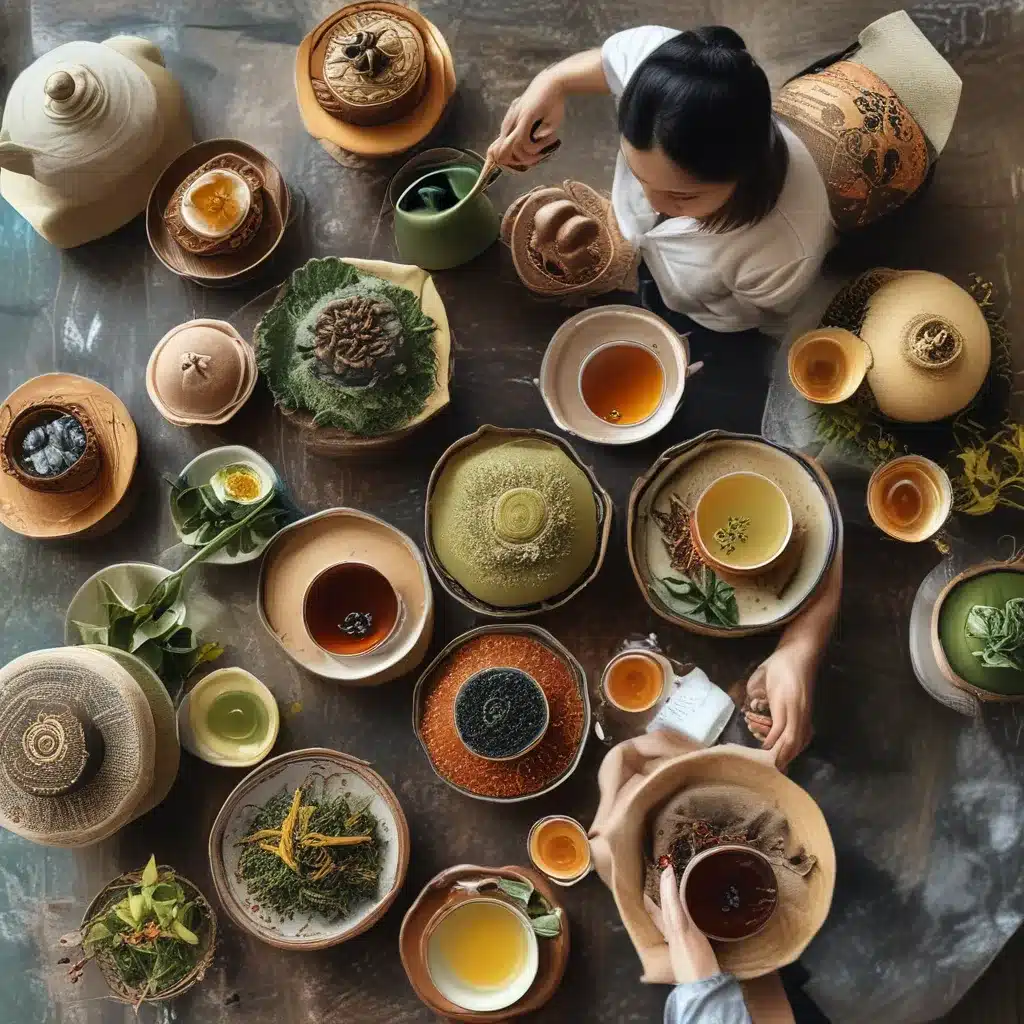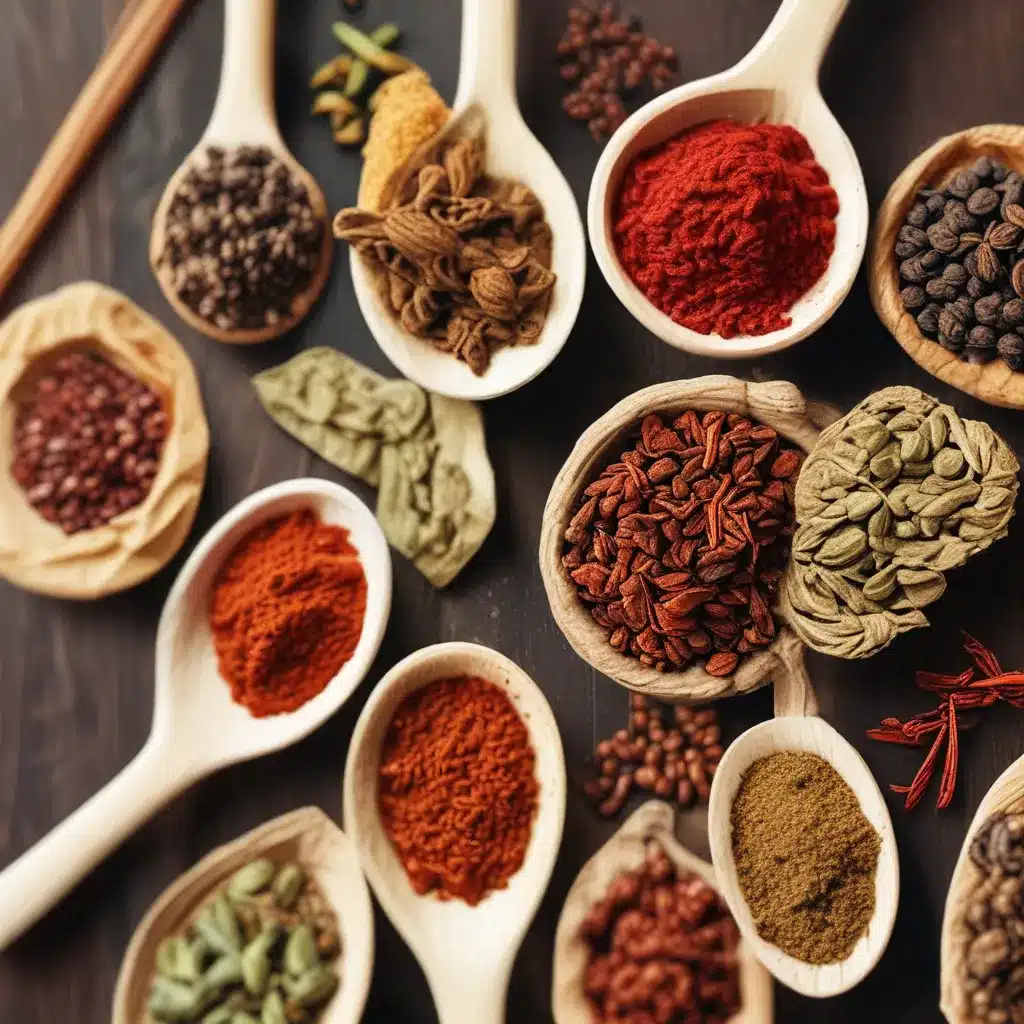
Battling the Autumn Sniffles with Traditional Chinese Medicine
As I sit here in the heart of Shanghai, the city is undergoing its seasonal transformation. The oppressive summer heat and humidity have finally surrendered to the crisp, breezy autumn weather. But for me, this transition has not been a smooth one. My sinuses have decided to stage a mutiny, leaving me congested, sniffly, and desperately searching for relief.
Being the rough-around-the-edges reporter that I am, I knew I couldn’t just sit idly by and wait for this cold to run its course. No, I had to take matters into my own hands. And where better to turn than the cradle of Traditional Chinese Medicine (TCM) itself?
I dove headfirst into the internet, scouring for any and all information on how to tackle this stuffy-nosed dilemma using the ancient wellness practices of the Middle Kingdom. What I discovered was a rabbit hole of traditional remedies, breathing exercises, and a whole new way of understanding the ailments that plague our bodies.
Diagnosing the Cold, TCM-Style
In the world of TCM, diagnosing a condition is a far more intricate process than the standard Western approach. Rather than relying solely on physical symptoms, a TCM practitioner must embark on the “four examinations” – observing, listening, questioning, and pulse-taking. Only then can they arrive at a comprehensive diagnosis.
Lacking the expertise of a seasoned TCM doctor, I had to rely on a handy infographic to guide me through this process. According to the diagram, there are actually six different types of colds, but most fall into one of two categories: the “cold-wind cold,” more common in winter, or the “warm-wind cold,” prevalent in spring and summer.
Assessing my own condition, I concluded that with the changing of the seasons and my telltale yellow tongue and swollen glands, I had contracted a warm-wind cold. Armed with this diagnosis, I set out to tackle the problem head-on, TCM-style.
Acupressure and Breathing Exercises to the Rescue
My first line of defense was something I was quite familiar with – acupressure. As the needle-less sister of acupuncture, acupressure involves applying firm, circular pressure to specific points on the body to stimulate the flow of energy, or “chi.” And let me tell you, I went to town on those acupoints.
I started by massaging the cartilage along the bridge of my nose and the grooves behind my ears, working my way down to the fleshy webbing between my thumb and index finger. To my surprise, the relief was almost immediate – it was as if all the blockages in my head were suddenly being flushed out, allowing the air to flow freely once more.
Emboldened by this success, I moved on to the breathing exercises, another key component of TCM wellness. The technique involved exhaling as much air as possible through my mouth, contracting my abs for the final squeeze, then inhaling through my nose to only half-capacity before repeating the cycle.
As I sat there, rhythmically flushing the “stagnant air” from my lungs, I couldn’t help but feel a sense of skepticism creeping in. But then, I realized that I hadn’t been filling or emptying my lungs completely in the past few days – no wonder I’d been feeling so stuffed up. It was as if I was unlocking a new level of respiratory freedom.
The Dreaded Nasal Rinse
With my acupressure and breathing exercises in full swing, I decided to kick things up a notch with the most daunting TCM remedy of all: the nasal rinse. Armed with a bowlful of crushed garlic and spring onions, I set out to introduce these pungent juices directly into my sinuses.
Let me tell you, the process was not as straightforward as the internet had led me to believe. First, there was the arduous task of extracting the precious liquids from the vegetables, using every kitchen utensil at my disposal. Then, with my eyes watering from the sheer strength of the aromas, I gingerly inserted the onion-garlic solution into my nostrils, bracing for impact.
The sensation that followed can only be described as a fiery, sneezy, mucus-expelling hell. Flecks of wet garlic and spring onion were rolling around in the most intimate corners of my nasal cavities, and I found myself sneezing uncontrollably, desperately blowing out tissue wads soaked in stagnation.
After several rounds of this torture, I eventually switched to a more accepted method – a saline water rinse. But the damage had already been done, and I’m not sure my nose will ever trust me again.
Herbal Remedies and the TCM Lifestyle
Exhausted from my nasal escapades, I decided to turn to the more conventional TCM approach – herbal remedies. I scooted down to the local pharmacy, where the divide between Western and traditional medicine was clearly visible. After a brief exchange with the pharmacist, he handed me a box of herbal packets, instructing me to take them three times a day, dissolved in lukewarm water.
As I began sipping on my bitter, aromatic concoctions, I realized that these herbal cures were far less potent than their pharmaceutical counterparts. But that’s the beauty of TCM – it’s not about a quick fix, but rather a way of life. I found myself constantly excusing myself to go through the ritual of acupressure, breathing exercises, and nasal rinsing, all in the pursuit of restoring balance to my body.
And it was during these moments of self-care that I truly began to understand the essence of TCM. It’s not about treating the symptoms, but addressing the root cause of the imbalance. If I were to incorporate these practices into my daily routine, perhaps I would be less likely to experience such ailments in the first place.
The Wisdom of Traditional Chinese Medicine
As I sit here, breathing easy and with a newfound appreciation for the ancient wisdom of TCM, I can’t help but wonder about the role these traditional practices will play in the future. In a world grappling with the uncertainties of a global pandemic, more and more people, both young and old, are turning to TCM remedies as a natural, holistic approach to wellness.
And who knows, maybe the key to unlocking the secrets of authentic Shanghai spices for wellness lies in the very practices I’ve come to embrace. After all, as I discovered on my journey, TCM is not just about treating the symptoms, but about finding balance and harmony within the body, mind, and spirit.
So, the next time you find yourself sniffling and sneezing, perhaps it’s time to explore the rich, centuries-old traditions of TCM. Who knows, you might just discover a whole new world of wellness, right here in the heart of Shanghai. And if you’re ever in the neighborhood, be sure to stop by One Dragon Restaurant – they might just have the authentic Shanghai spices you need to keep your body in perfect harmony.

